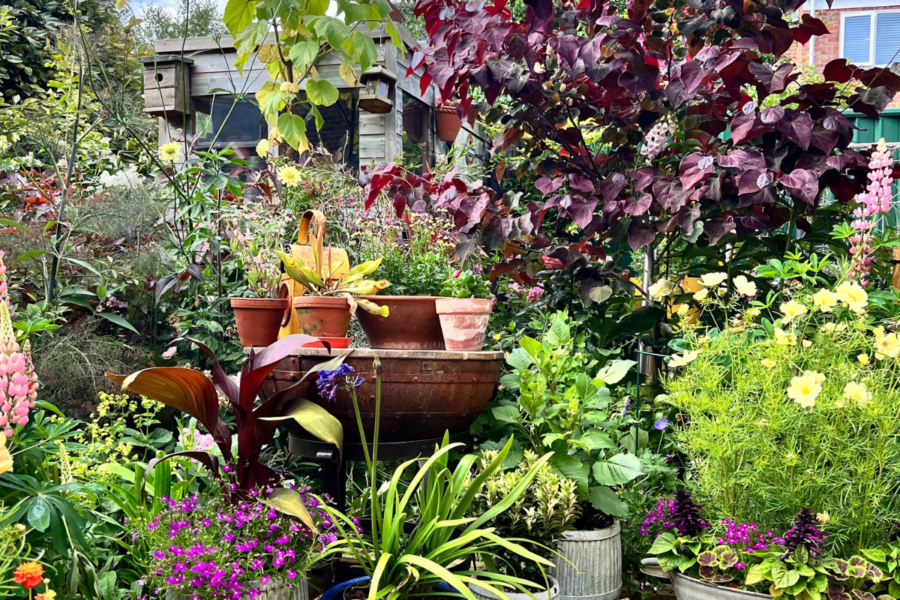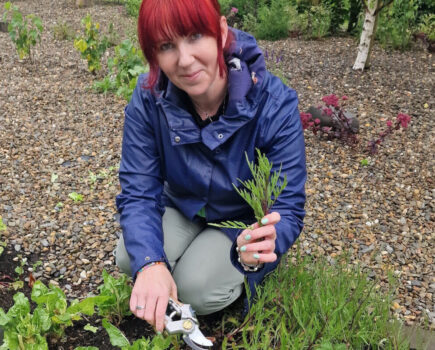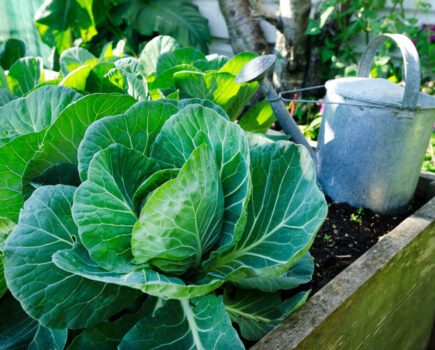Mike shows how smaller gardens can be beautiful and full of interest
‘Be faithful in small things because it is in them that your strength lies’ (Mother Teresa)
It’s estimated there are no less than 23 million gardens in the UK, with proportionally fewer in larger cities where flat-dwelling is more popular. Due to city urbanisation, space is always at a premium, so gardens tend to be smaller. Statistics show that gardens across the UK vary in size from 3.6m2 upwards, with an average size of approximately 190m2.
Some of the most beautiful gardens I’ve been lucky enough to visit have been smaller spaces where well-considered, thoughtful design and planting have resulted in what I refer to as ‘TARDIS’ gardens – the space appearing much bigger on the inside than it looks on the outside. My closest friends Otis and Ben, both very keen gardeners, have a small garden measuring just 12x8m (39x26ft), filled to bursting with lush, tropical foliage and artistic splashes of year-round seasonal colour and interest, but which also serves as a highly practical space which allows for storage, entertaining and the day-to-day essentials of hanging out the washing!
So, here are my top recommendations for creating a big impact in a small garden:
1. Use the space creatively

Start by having a checklist of the things you must include within your garden. Practical needs and considering where things are best placed, are vital. The location of seating and entertaining, alongside an area to dry washing cannot be overlooked, and understanding where the sunny and shady areas lie within your garden will help you make sound decisions. Even in a smaller garden, it’s no fun sprinting to the opposite end to collect herbs for cooking or gathering in the washing when it’s pouring with rain!
Seating is best located in a sunny, but not overbearing position, while retractable washing lines eliminate the need for a permanent feature, no matter how white your whites are!
Storage is king – somewhere to stow cushions, parasols, gardening tools (see next tip), compost and pots is important. Looking for garden seating and tables which double up as creative storage is a game-changer and will allow you to keep the space clear and not feel cluttered.
An ornate wrought iron barbecue with a hard-wood top might also double up as a handy place to display plants. And don’t forget a hose – wall mounted hoses are especially useful.
2. Lose the lawn
This is a tough call for some, depending upon what you want from your garden. But, in a small space, a lawn will require tools to allow mowing and edging, and they take up space. If you have room for a small shed, big enough to store a mower, then move onto Tip 3, otherwise a lawn alternative might include gravel, paving (which will also assist with the excesses of winter rainfall water), or perhaps a sympathetically shaped decked area. The look and feel of your garden will provide a focus for the best solutions and shapes.
3. Go up in the world
In a smaller garden especially, but not exclusively, using the vertical planes of fences, brick walls and any other boundary materials allows for more planting opportunities. Green wall kits for sunny and shady locations are available from good garden centres and online retailers. Vertical planting gives your space a wonderful feeling of enclosure and privacy, bringing you up close and personal with your plants. Roses, clematis, honeysuckles and jasmine love scrambling up wooden trellis or obelisks, optimising the number of plants and increasing local biodiversity.
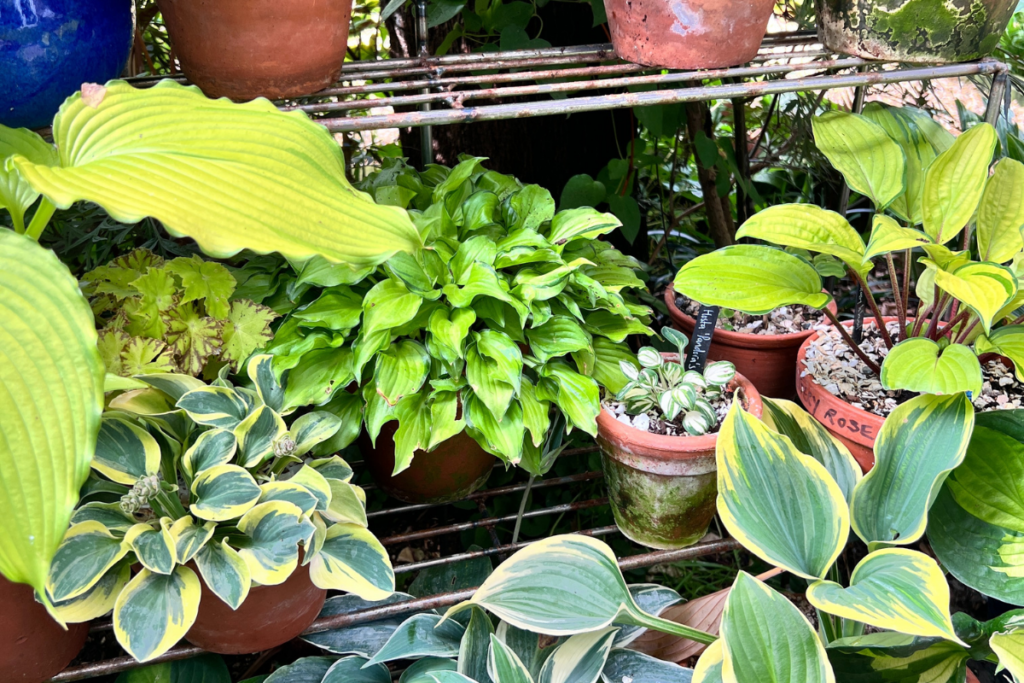
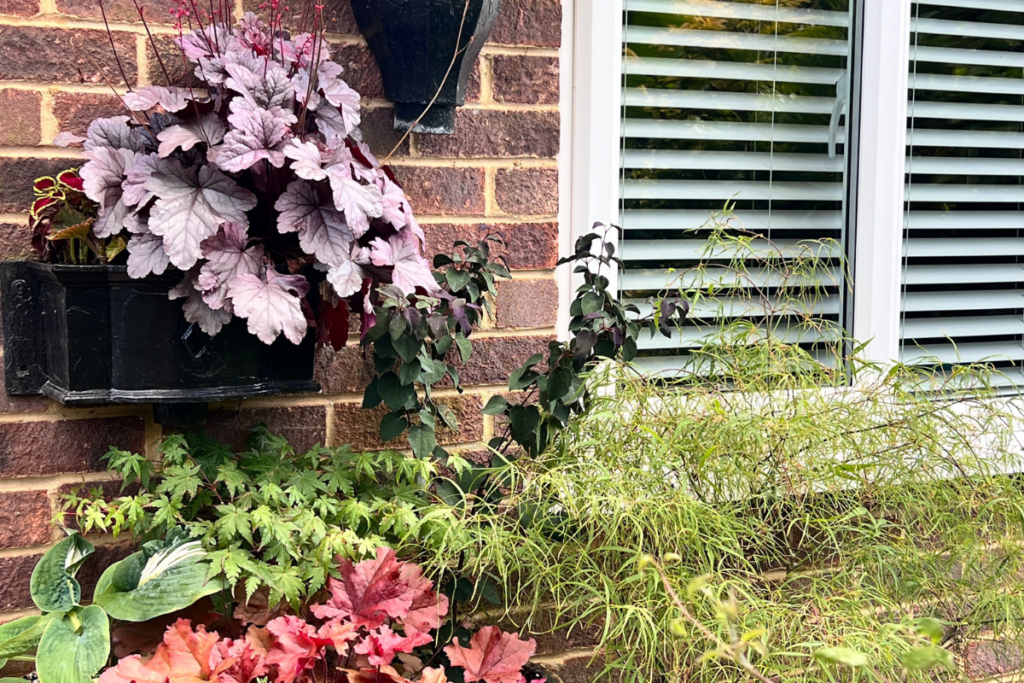
4. Hide boundaries
Fences and walls have a rather irritating habit of making a space appear smaller than it actually is. As mentioned above, disguising fences with green walls, trellises and obelisks is a great first step, but clever planting can also help to banish bland boundaries. Use evergreen shrubs or ornamental grasses to quickly blur the boundaries of your garden. Lush hardy bananas and stunning bamboos either planted in a border or a large pot are especially good at helping to screen higher fences.
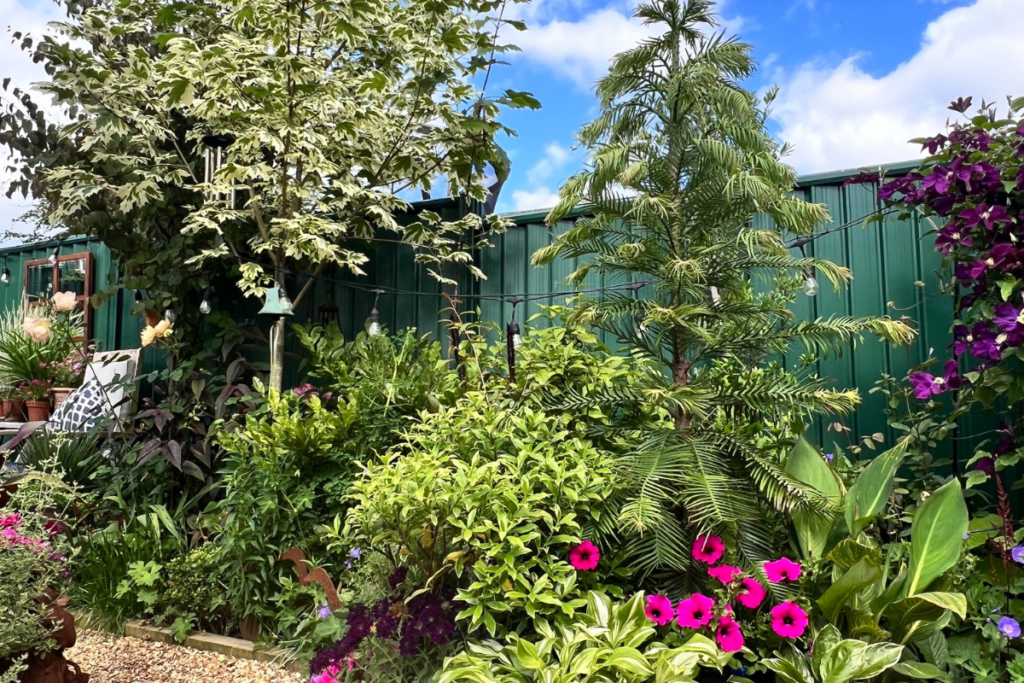
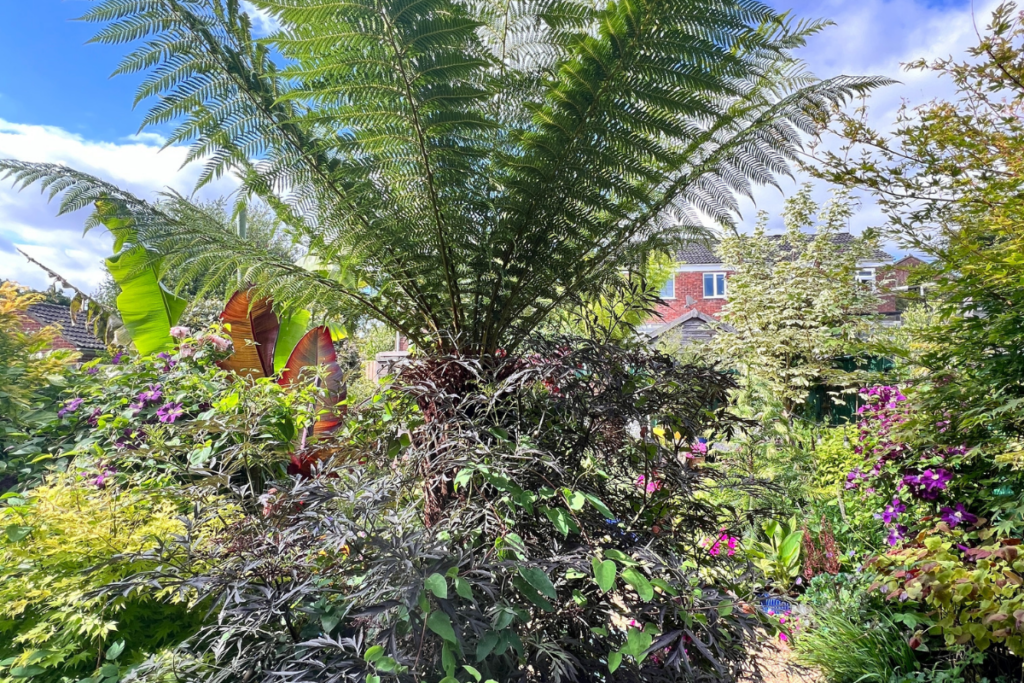
5. Borrow or hide the landscape
You may be lucky enough to have a garden that, no matter its size, takes in a view. A church tower, or similar building with stunning architecture, distant hills, a statuesque tree, or perhaps a breathtaking view. Bring the exquisite beauty of whatever lies outside your garden into your garden (we call this’ borrowed landscape’) by creating a well-considered space in between the planting, so that the borrowed landscape becomes a part of your garden, making the space seem bigger than it actually is.
Unfortunately, not all the views from our gardens are sights to behold. Obscure those that have fallen from the ‘ugly tree’ hitting every branch on the way down, with a well-positioned ‘beautiful’ tree, or large shrub. I disguised a frightfully sinister looking building overlooking my garden with a well-placed Acer platanoides ‘Drummondii’!

6. Go large with planting
A small space filled with borders brimming with small plants creates a fussy, busy and chaotic planting, lacking cohesion and much needed pizzazz. Large shrubs, and indeed trees, can be included within a smaller garden. With trees, always check the ultimate size and spread before committing, but there are a great selection of trees that are perfectly suited to a small garden. Don’t forget trees and large shrubs can be pruned to maintain size and spread. Amelanchier lamarckii, Acer palmatum ‘Enkan’, Prunus ‘Accolade’ and Sorbus aucuparia ‘Autumn Spire’ are amongst some of my favourites, and, don’t forget, some trees make eyecatching specimens in a large container, with a John Innes No 3 compost.
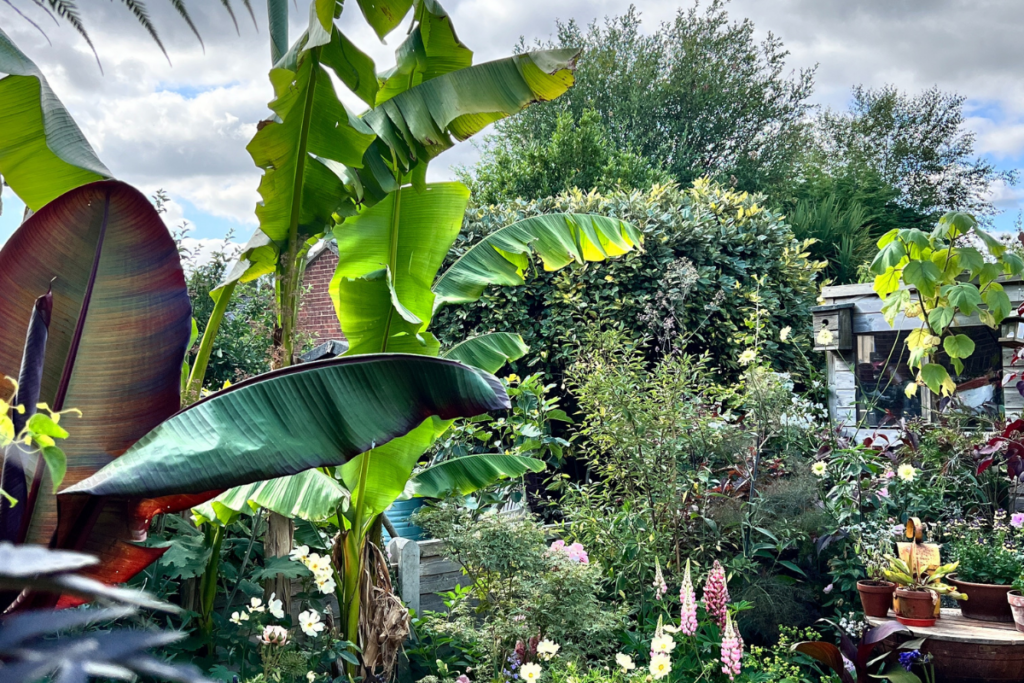
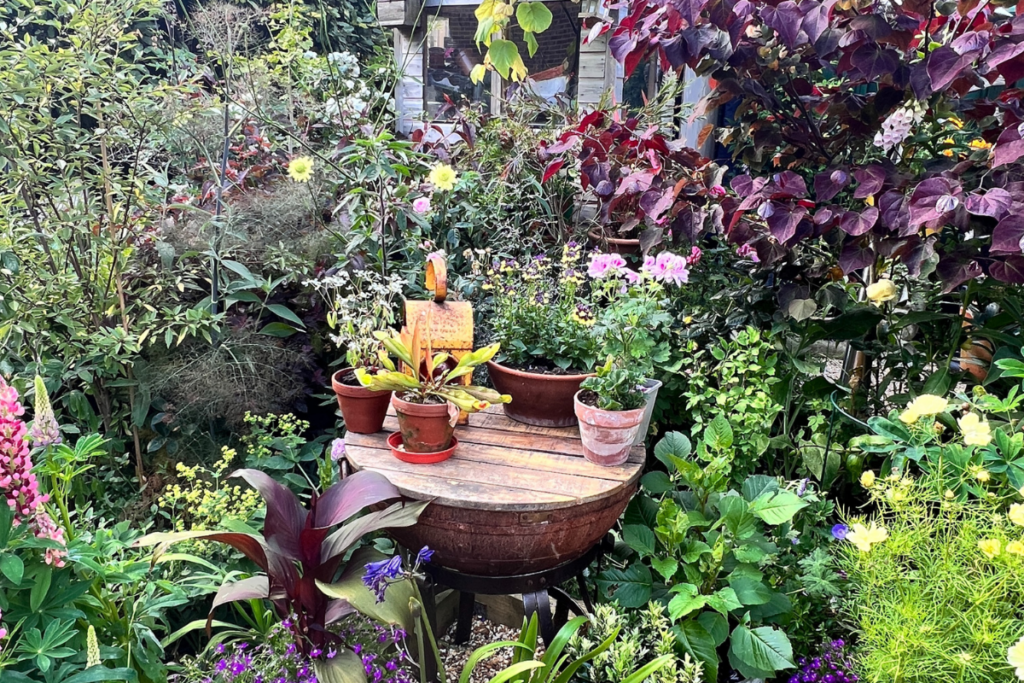
7. Make the space yours
Following these helpful tips will give you a ‘starter for ten’, but don’t forget to put your own personality and stamp your thumbprint on the space. Otis and Ben’s garden is full of character and fun, with quirky design features, and ornaments all around and proves to be another great way of disguising the size of the space.

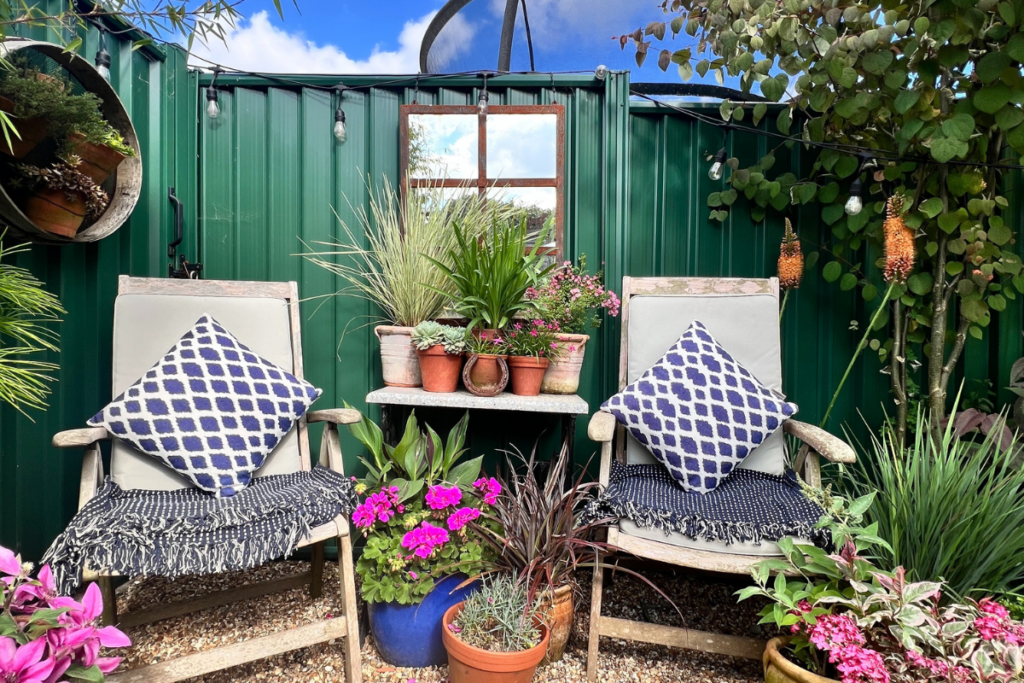
Find more tips, advice and articles like this at the Amateur Gardening website. Subscribe to Amateur Gardening magazine now

